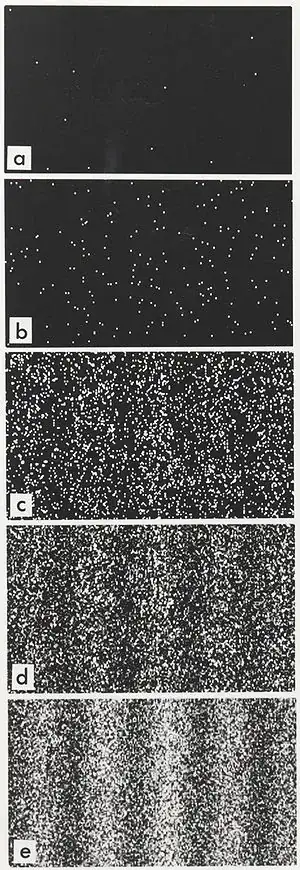As We know that light shoaws dual nature or I would rather say that Sometime we can explain some phenomenon using wave analogy and other with particle nature(photon analogy). Phenomena like the photoelectric effect, Compton effect, etc can be understood using photon analogy and phenomena like interference, diffraction, polarization, etc can be understood using wave analogy.
A similar thing we do with particles, we say that we can associate de Broglie wave to each particle and so on. I learned quantum mechanics at the undergraduate level. What I see here is that quantum mechanics provide convenience to explain wave nature on particles. So here we see that particle nature emerges in the classical limit. So that you can solve both Kepler's planetary motion and particle in a box with the same theory without getting into duality.
Question: As we quantum mechanics fixed the dual nature of particle (like an electron), Is there a theory that fixed the dual nature of light? What does it assume light as?
At this level, I never deal with light in quantum mechanics so Maybe there is a flaw in my thinking. I saw this question which may be like what I'm asking but this doesn't clear my doubt. Answer first and second is pretty much contrary to me.

